Chapter 13. Coping with Stress
13.1 Welcome
Think Like a Scientist
Coping with Stress
By:
FAQ
What is Think Like a Scientist?
Think Like a Scientist is a digital activity designed to help you develop your scientific thinking skills. Each activity places you in a different, real-world scenario, asking you to think critically about a specific claim.
Can instructors track your progress in Think Like a Scientist?
Scores from the five-question assessments at the end of each activity can be reported to your instructor. To ensure your privacy while participating in non-assessment features, which can include pseudoscientific quizzes or games, no other student response is saved or reported.
How is Think Like a Scientist aligned with the APA Guidelines 2.0? The American Psychological Association’s “Guidelines for the Undergraduate Psychology Major” provides a set of learning goals for students. Think Like a Scientist addresses several of these goals, although it is specifically designed to develop skills from APA Goal 2: Scientific Inquiry and Critical Thinking. “Coping with Stress” covers many outcomes, including:
- Interpret, design, and conduct basic psychological research: Define and explain the purpose of key research concepts that characterize psychological research [identify independent and dependent variables in a study]
- Interpret, design, and conduct basic psychological research: Describe research methods used by psychologists including their respective advantages and disadvantages [consider the conditions under which research findings apply to real-life situations]
REFERENCES
Benson, Herbert. (1975). The relaxation response. New York: Avon.
British Airways Media Centre. (2014). Paws and relax [Press release]. Retrieved from http://www.britishairways.com/en-gb/bamediacentre/newsarticles?articleID=20140904165040&articleType=LatestNews#.VN1RPyhTPA5
Kushlev, Kostadin, & Dunn, Elizabeth W. (January 11, 2015). Stop checking email so often. The New York Times. Retrieved from http://www.nytimes.com/2015/01/11/opinion/sunday/stop-checking-email-so-often.html
Kushlev, Kostadin, & Dunn, Elizabeth. (2015). Checking email less frequently reduces stress. Computers in Human Behavior, 43, 220–228. doi:10.1016/j.chb.2014.11.005
MacDonald, Julie M., & Barrett, David. (2016). Companion animals and well-being in palliative care nursing: A literature review. Journal of Clinical Nursing, 25, 300-310. doi:10.1111/jocn.13022
Thompson, Gary L., & Craven, Annette E. (2017). Lost opportunity: Fear of flying, airline profits, and the economy. Journal of Economic & Financial Studies, 5, 41-50. doi:10.18533/jefs.v5i01.278
Wells, Deborah L. (2005). The effect of videotapes of animals on cardiovascular responses to stress. Stress & Health: Journal of the International Society for the Investigation of Stress, 21, 209–213. doi:10.1002/smi.1057
13.2 Introduction
This activity invites you to test the claim, made by British Airways about their Paws and Relax inflight TV channel, that videos of cats and dogs can help people cope with stress during a flight. First, you’ll rate your own level of stress before and after watching an animal video. You will then examine evidence on whether watching animal videos can decrease stress. You’ll consider alternative explanations for why these findings might not directly apply to British Airways’ channel. And you’ll think about the sources of information on the stress-reducing qualities of animal videos—a company like British Airways versus a peer-reviewed journal article.
13.3 Identify the Claim
1.
Identify the Claim
13.3.1 Stress on a Plane
Does flying make you anxious? Research suggests that as many as 50% of people report some level of anxiety about flying (Thompson & Craven, 2017). Flying might make people feel stressed for several reasons. You may worry about missing your flight, suffering through the discomfort of economy class, or even the highly unlikely occurrence of a plane crash.
Does flying make you stressed? Look at these photos of stressful experiences associated with flying. How would you feel if you were rushing to catch a flight?




13.3.2 Check Your Heart Rate
What effect do feelings of stress have on us? Although stress is an emotional state, it can affect physical responses. In the lab, researchers use many physical indicators, such as increased cortisol levels in saliva or accelerated heart rate, to assess people’s level of stress. If thinking about awful air travel experiences made you feel stressed, that might show up in your heart rate.
Let's measure your heart rate now by checking your pulse. Read the diagram to learn how. When you are ready, click the timer. There will be a five-second countdown, and then you can begin checking your pulse when the timer begins.
You can find your pulse on the inside of your wrist, just below your thumb. You will not be able to see the artery below the skin, but if you press lightly, you will feel a steady pulse there. If you can't feel a steady beat, search the area with your finger until you find it. Press your first and middle finger lightly on this artery and count the beats.
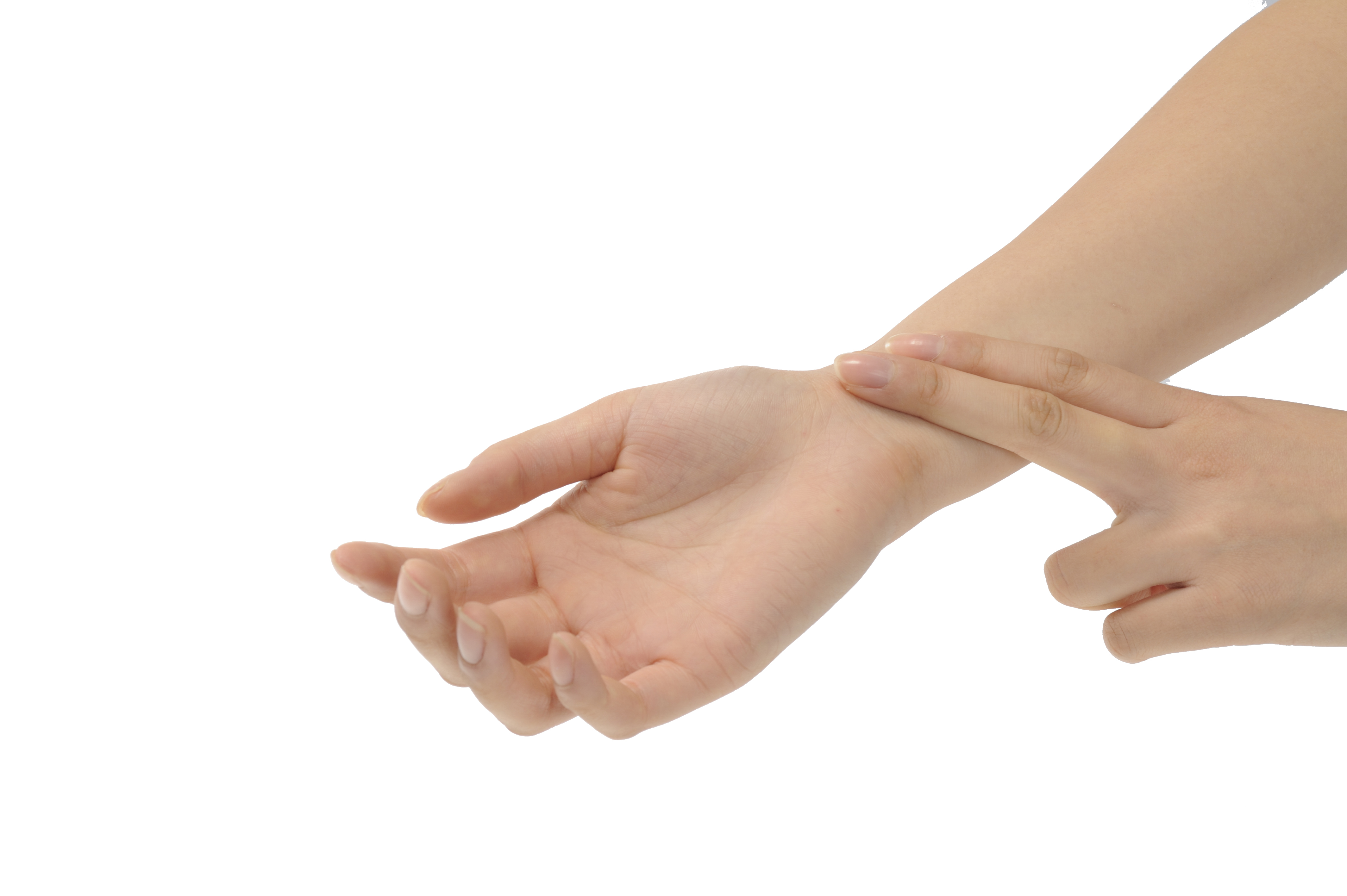
Question
5R0Sr/NiAZu36fHppuyQITjmF9IwH0Sq6Ija87YcdhHc/foiFzs3RpMSlQ7tumuDu8WGimSvRnXJCR6oZ2jFX4grn+XOmAeiWec5kCM8R5EE+YvQ5MGYHSqaPzIuCPGar/DcQI3+TEM26MFB/3A2SDZ8TZg0eeeWAmLT1DylxBCvhBhPftNe5A==13.3.3 A Stress-Reducing Animal Video?
Recognizing the elevated stress that many passengers experience, one airline is trying to help its passengers cope. British Airways introduced an in-flight channel called Paws and Relax, which shows videos of adorable dogs and cats. In a promotional video for Paws and Relax, the British Airways in-flight entertainment manager stated that the initiative is based on research that “watching images of cute animals can actually lower your heart rate and reduce stress levels” (British Airways Media Centre, 2014).

13.3.4 Watch and Relax
Were you feeling stressed when you thought about flying? If you were feeling stressed, do you think watching British Airways’ Paws and Relax videos would help you cope with your stress? Would it lead to a lower heart rate? Let’s see if watching a video of cute animals will do the trick. Don’t multitask while you watch this video. Sit quietly, breathe normally, and focus on the animals in this footage.
Question
Kgse0rZkge08icUPnAyu5rKAs/AFeTbNM/Vw67cvwiIOKkykq37DjxLYLqcUWATqaXf6UDxST78+lF8EQyh5Tif5HDo3XBGhmg08adtEV5dWQRLMOPHoPQbLQVhPUx7vsnViH1uu61nlYnU2kT5oQZUOBHZuiyLbWemJoyOkt6XfBrCWLy9Epb0cuDVQlDN2U4S3IA==13.3.5 A Claim about Stress Reduction
It’s possible that you had a slower heart rate after watching the video. Identify the claim that British Airways is making, and that you explored, in part, by measuring your heart rate after thinking about the stress of flying and again after watching a video of cute animals.
Question
1KmvmAWzOPV1v5J59XwARhunrCpBBcT0VHN+8tF9swE5MNhG5e10uM7shg6NeqmSspm16mrK4gzxzaho5VpVMncfX4gMZbVa000fvetIlJECifMzr24ol1tyngT3H13OG/j/uQpWV1k=
13.4 Evaluate the Evidence
2.
Evaluate the Evidence
13.4.1 A Study on Animal Videos and Stress
Have you noticed that spending time with pets can be relaxing? This effect has been supported by research (MacDonald & Barrett, 2016). But interacting with animals is different from watching videos of animals. To test British Airways’ claim that watching animal videos can reduce stress levels, we need to think like a scientist and examine research that tested the effects of animal videos on stress.
One researcher has conducted such an experiment (Wells, 2005). Psychologist Deborah Wells randomly assigned 100 participants to watch one of five videos, all with the goal of relaxation. So, the independent variable was type of video. The three experimental conditions had videos of non-human animals: fish, birds, or monkeys. There were two control conditions—one with a video of humans, and another with a blank-screen video. All videos lasted 10 minutes and all (except, of course, the blank screen) showed mostly slow movements. There was no sound.
Which videos were experimental conditions and which were control conditions? Click to identify.

An aquarium in which neon tetras are swimming around plants and rocks

A blank screen
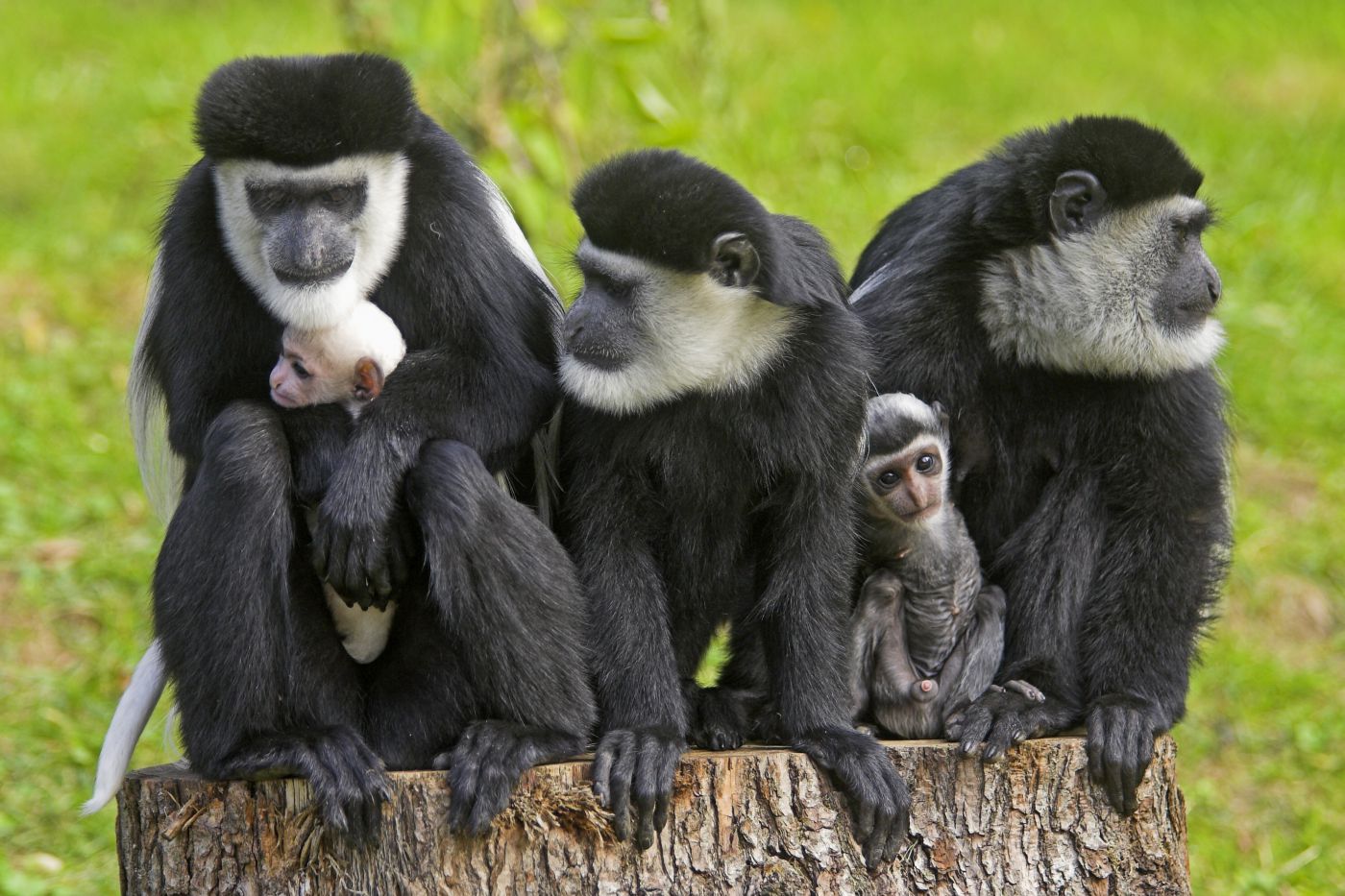
A zoo exhibit in which black-and-white colobus monkeys are sitting in trees, climbing, and grooming themselves
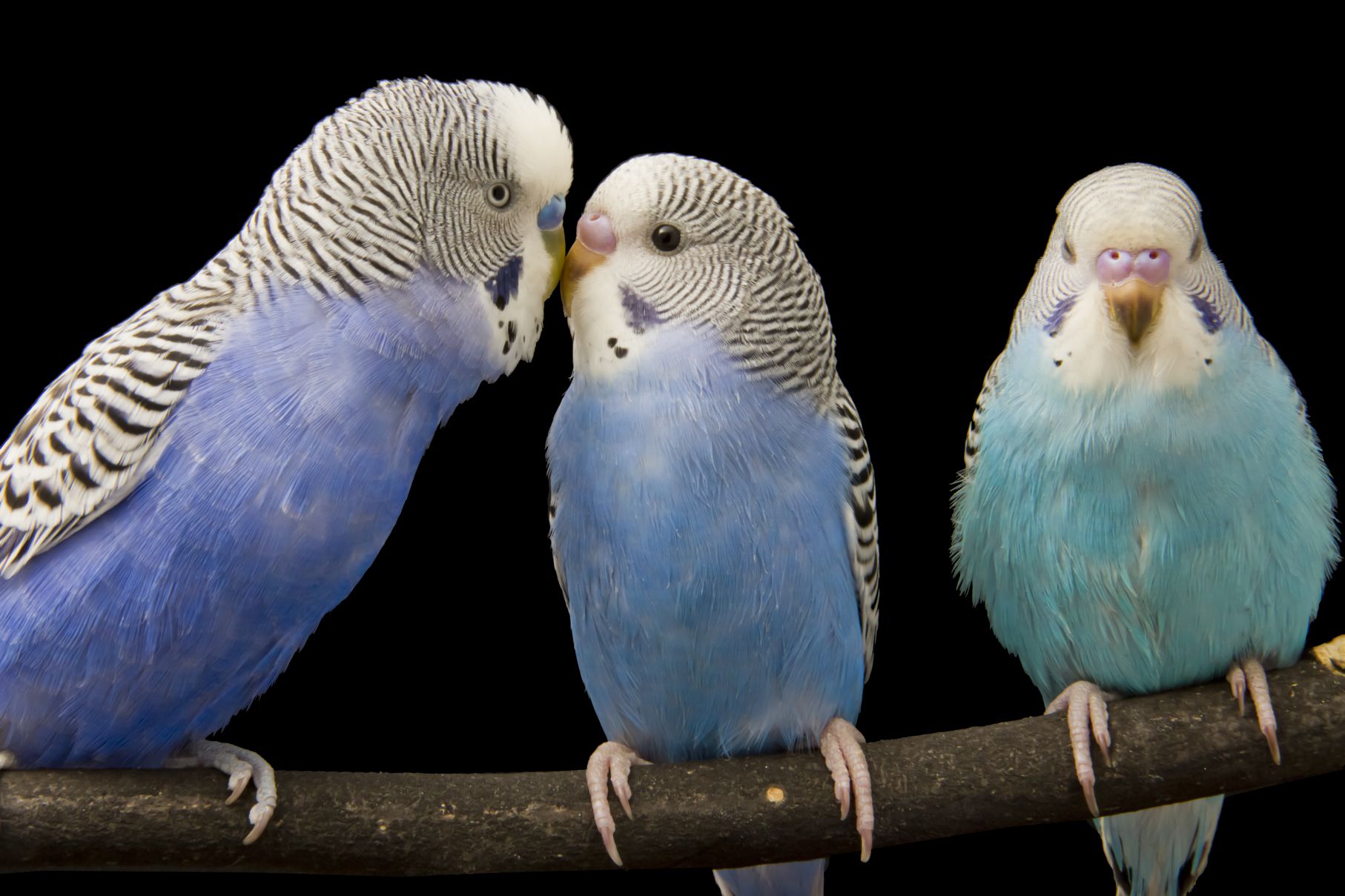
An aviary in which parakeets are flying around and sitting on perches

A soap opera episode in which people are sitting and talking with each other
13.4.2 Cause and Effect?
After watching the videos, all participants read a difficult passage out loud in front of an audience for ten minutes. This task was designed to be stressful, and it worked. But Wells hypothesized that participants who watched animal videos first would feel more relaxed than those who did not. To see whether this was true, Wells assessed participants' heart rates and blood pressure throughout the experiment.
Before we look at Wells's conclusions, let’s think about whether it’s possible to demonstrate a cause-and-effect relationship based on this evidence. The experimental design appears sound: Participants were randomly assigned to one of five different groups, including two control groups. Across all groups, Wells varied only one factor; this is the independent variable. She then measured the dependent variables: changes in heart rate and blood pressure occurring during the experiment. Because those changes depend only upon a single variable, it is possible to say that they were caused by the independent variable.
Question 1.
6E4XiHda8NCUg0VHU2gofCUWo/ERid9oYo5WUTrsHnK0YKzTqoOJ+QW0lIkR7tSvCteabARFWg/+mLG+ZxjP8aA9l7U2c8DOcbZ4E7KodQJttNDCXw7mPfGj1GffiLjEjzB80w8vZWcsOPCuFE41/CklLo1IZDGRzJTvtevspdNkwp6g4ra4ejNpyDLDM5mTpYgyZasJMfFIAvRicTMaIfIZw5qdSUvffgc1B08sTFzpR0KcemiLY4orA0qvr1c42KJTBn1rkoAIBWJrUDTiGrLsOvZqR3VN8ENJhvXTPUXdwncacPn+xxh6P+OsS/2aGqRPNavtkRcOlh1jC/tmu0dgt8NSsSlLnlRrS3ur22qxTchBlRBdzKBfpfz7vbEhyCCfL6yUCJmA4BAHfqnHBl9hG6gb0pYhIRn0Ob2al8us8+uhkyLTjmIHBl7/gFlNowsm6aHOOtDE5neZsqzEA98yNmvMhHXsshu7vB21Br8ouTxS6GLKmoSdjjGSxybGhFsa9lkgMwHWdMspkL8RA6xaDf1Qb7ybk8Owi9qk2qLgbhoIFQ7YNAhdTlDy+Py/MDcZ8LWLe7j1YhPBf1XmpvUXXXW7eh04drqPewi60TTKJUlMqtcS3zTwixEOSYuDLSzrUQGgny5118lvO+CuQ1UZYPqKzToNBj5ykeTUHNC3ZqTeNpzX34oUMGjrd8c3SuZwxg61INC9ubkBTc2/cs3H9jn4a+tnRLHFAWVwfNF1xHzksH9B6vcXTXhcDDu0k821r0nhw34n7OnT8IaROhAwPC3EEb9lu6M9O+BEjtYjNWXjGsnX5XTfO3xBPiI1lLCCV/Uo3yduU0R/+Ixz7yC151a1hKJN8UVDrLJLCVAa95UUXqUOEM44Z/9+KA231OxfoDQFuGv7rH2sV2cZVtFXXHImIRvZTNP4S/ID4GSikJ7x8SJ5v0eLRmXr+Ixoha4UIuikQNA63XejUo6vvp+wZyTdkvvPqq0vI0cOmDRJ2Cfn91m0Q6N4/JRZQjspEuuNQd/kO37Z26B+f5cp2FuA0kQCe7qHmWyuvoQhAYQ0/Ca0rfL9rUrlbRIujZQ9zFNVyCTW7fdru5YfT9c6p14eWYd7VbY2oYgmAHg6L/XX67IePEXage5EcsummkAt0XVm4Z6en67+sh6v69oLxAt5k8U8vukF5l6RcnLgXvza9lRIDr8LIjJC/IL01d0vsrlBougnA5uQIX1EcVYlNS7hVaFYGFI4qxcmMv5+QpO9s4kDTPAmFg2zEQDUgXhh3ajbLoGg3eRs8Z5s5cpVVeWuVEHbwzTxKsGSrw/69bV9zdW+l5Qgd+xJJtOEyZo9eYEOTsTGBDM31+H65kO19oKJWaqLJdkIQ5VOGSLqLlne1d4ZPcXrXO5aPYTkyrKNean49E/AVDqoPUgpQuestion 2.
G1C7grIGxr4LVP0Z2XYV8/omz6vhAPkna3gqPcu8brA83ucdIWljk6BR0zdR+xVTPb6yEFX5RkLQAwEk72KBxytzDSVmYzBHc6GUcT72qH0XEo1brRBqdcGeGCJQ4SF9sDSH9bEofC4amAt/7g50g+kdA+Me4QzhHURvakL02xX9mQW92SKzgJB7myucLeU29QxHzmvEdOeYka7Fys1yrHajEYKNEVBtXdpV/3YUWNPCvBhSETXdlH6yb11kUr3LeG1AlGVId5E/vXP3L2kS77zSLh8oQNTaq3c/qRoeug4qCFybwZ2dk6XICGuTvYbPM+UBlKyHRF/5O2ORMk3X4AkkS1bFSBDalyM1vkeTRvnHUtsxvL9XVEVK3pKxBaBJSSdvKy+mQACFPIOV7bOwrgc8+OBCVzzjCt0Z2XgoXY7uRfq72E7dpMdzPP9oSLV1dTX6MSq1LDt7AdyCdfXtEFwAT3Unt4DYYIwAYVpwf0p/zf3m+j2fOvI+22UefUGpYLoDorbgPS7NPmLhsIpkGLMlKiUf7B5VkW8RCkgcoTB5D6H1MOdOo26q2OCMLtlBS5In3yQ1Pi6J5iSgekRNeOHIYULRWPF/i/f/VEtO1o7GX8+4C1NDRZYpChNXAlSkV+j6DzUmcJ9QVEJ3HDoXqndBHioOO0moCTG+CysqGPBGc4ycsfLAC16AdsmGsP17XDUusofFgRoXAqrKMNM8tV2fji5h7Gxtx/B3TDFTWQiOwVCGOtW1MI4qcJLqSzDrNC9sMBVsgDAcQkfSZpB2fpvtomJ0S52rvwbCQg1ihxTeFORpC9tH4gl4J6eDKnv8Zh2LjNukYZgYfUZ7BVhkTQpV+wdX/uoE4JmiZ/W0l8sCBSYySrGfhHBF+HDML3vModjAJjORXcROGsbZii1v4DdpzbWId5PT1zqX5KpgSpsrvhpWWU9xdsfsS+eRISz8Q7afGeS1MRbvD+7URNQqbQGXzS8vZdoy3caM9aNSs1zBYse/2DI8wcH2aZvrJaAyMXcgwX4SUfOQ/MWBWU/rI6rPbOb3/N6tEdhX86LuqDaeelAFQr1n5klrH7nNyCzub3iSEQLkfRHfeBYs3tVKSO1Z26vA/kCPpTqRElhlPb3mdsqnsNyYgfmnoGT3L8eGq/nGsbBeL/2G/WBCGpDuI7GMYIx2hblNvg7J+rxnPlA1RjAidu/PfrDqIrDRQ+CU607hou+DamTIt4VgOlIxSvVADvcj5jshjXJFoMbiSwg=13.4.3 Which Video Was Most Protective Against Stress?
After you watched the animal video at the beginning of this activity, your 20-second heart rate
[decreased from XX to XX; increased from XX to XX; stayed the same].
In Wells's study, after watching any one of the five videos—fish, birds, monkeys, people, or a blank screen—all participants had lower heart rates and blood pressure, indications that they were more relaxed (Wells, 2005). This isn’t surprising, as this phase of the experiment was intended to be relaxing, regardless of video content. In fact, Wells cited research by Herbert Benson (1975) that showed that people tend to become more relaxed when they are sitting quietly and comfortably while focusing on something, like the videos in Wells's study and in this activity.
Question 3.
9Em9PvR8z4W7GN1TXQCEcfuCo89WG18wz3Q+UyCHY7NgUBvFukvVcWOYfxkbCwOV8pjLNmjtEltqcfVvq4RUJ2bbtleSx0vfPJbfUszUD1nSq9UJ4YaY5bjJmVkHI32rsKcwnPZcz/7MYRkCfrV+DZ92apMt5p3UOVi8rByet4Nm2Kj3hI7yt75zpG7rJMXAZfloqwxc0ytXo2taYahI1KZLXrgevqZj9xaH9G2MsvfMincvEsN8xauMglukH+6Gj6pNmfx2vHauwKOS7RxKN881m9pxU/7Qxa4n9ASXOv999XWDPHfwcha+pQtNDTOgbIVsaIRzOQGOaK8Eauh2tZO6x1ejhVltBK50FVcIduL3bHM7Ws60uyRAj2VP8RlxxBY4jR8OnDIbKsEq8yssAHYCa3jYtjaHv46CYZ5jSHy5tNVQHCswQ9WIwsBAGCuQWU9usc3k5ZrUF0aoR5oQqHGW7bb9A2tUfuzZSxBRaerLLch3LlUmhD7FvR3x3BxXFk2f1ppzCUSTksuqqWq/wbDXFBFBs8T53E0Efph6GY7XiEeRP3gqgC/H1vy8z5fmDPgSRVkby0bEpwJzwnZ6KJC7FP93RrJJxy6Zv2s3Qdy7FKpzzrQ74M0grmwbGH6EWNSKrMbUEJ7m+yFx7PwE9TutZ9Yu5j5eAc9Bee0iLRLbakQTC1kylGXqv7zrZhpQIiuN+3ja21f9OKqlS2ywpDJ9deRq9Pta1njPRYwETaeOgbZV8r/ejx2boEQ1RAyRICb85eUp6ke89eLv8NaUebRAVDSxsV2Brq2txfaJEdcWXiT3AvtTqtvrBla3jog3QVoQF3vmrjhkkH2q3CI3HpHOllYtEAKEeoh29u5BD432bke4muiGdl/7b1orUEHaE7tZPXHTdha2jGQgbXld7nzWQ6EBRRwCbdECtHc9vBX1Q1soKLOOwnKn5Kxb/yyPKRq1ibeDnVBU5JYRSaNfQY31f9l5+7CixpER/f8x4c94ByJhiizkVls1anGBE1m+XxI+h4ucq9sYkj0qS1JvTlGdEUkoR/hYCXOyyjl//nDDrstTImz8BzX3ExyKnt6wg6KIE50R9bKJ419CAHQiCG2o1wVZ6Fbv9AIMuwnrp62Fz9JE/xQfMVFxgb2iYkm+iN2dMS7QFqaczwyZERB0KcD9HGffc80evhaaXcErB7UPDZNN3brH174jpPba9WP48ng/qTXPXVN2Sy6WFD+fqJo28ILT6Ng9ZP/U5Ll35MOhwsdrvqDiPsFt78LEG0N6rMcjhm7Ok5nJjdxG/OIj7iPv4916GuzRmGV7Wdw0Kwd8flARrNYGVJygIlZGdeFOb9ySeP2DTPU4AHJGoga1JORcA/cx5hNS8t/e7hX1LztSxoX9memddICQ34tPuaZFku6S3c9LOCnL4R2IYjX5kHB/YKOavM+JOyMLcB9+czcogSoP0HYNVu7Lxn00GRcvXj6YmWMKbgPJorTf9gGl5uPNLzS+aWSQ9MfE6xlO2GwLFL4egyK8rVRSJyseF3ChkG3GlH7dUhmdaBuQryLo/vRE/Fd/MLtqoX8TvF1mEFBicqF7EmOPLPT50Wo=
13.5 Consider Alternative Explanations
3.
Consider Alternative Explanations
13.5.1 From an Experiment to “Real Life”
Deborah Wells’s research findings could be good news for British Airways. During a stressful experience, people who had watched animal videos showed fewer signs of stress—like increased heart rate and blood pressure—than people who watched other videos. We might conclude that Wells’s findings support British Airways’ new programming—that animal videos help people cope with stress on a plane. But is there an alternative explanation?
Every lab experiment is different in some ways from what goes on in the “real world,” such as on an airplane flight. Does this matter? Some differences probably do matter. For example, the lab environment is very controlled, but in “real life” there are always surprises, like turbulence making your flight even more stressful than normal! But other differences probably don’t matter. It probably doesn’t matter whether you watch an animal video on a laptop versus a screen mounted on the headrest in front of you on a plane.


13.5.2 Compare the Experiment and the In-Flight Experience
Let’s consider some of the specific differences between the experiment you learned about and someone’s experience watching animal videos on a flight. For each of the differences listed below, explain how it could make a difference in outcome.
- The experiment showed the videos before the stressful experience. In the airplane, passengers are watching the videos during the experience.
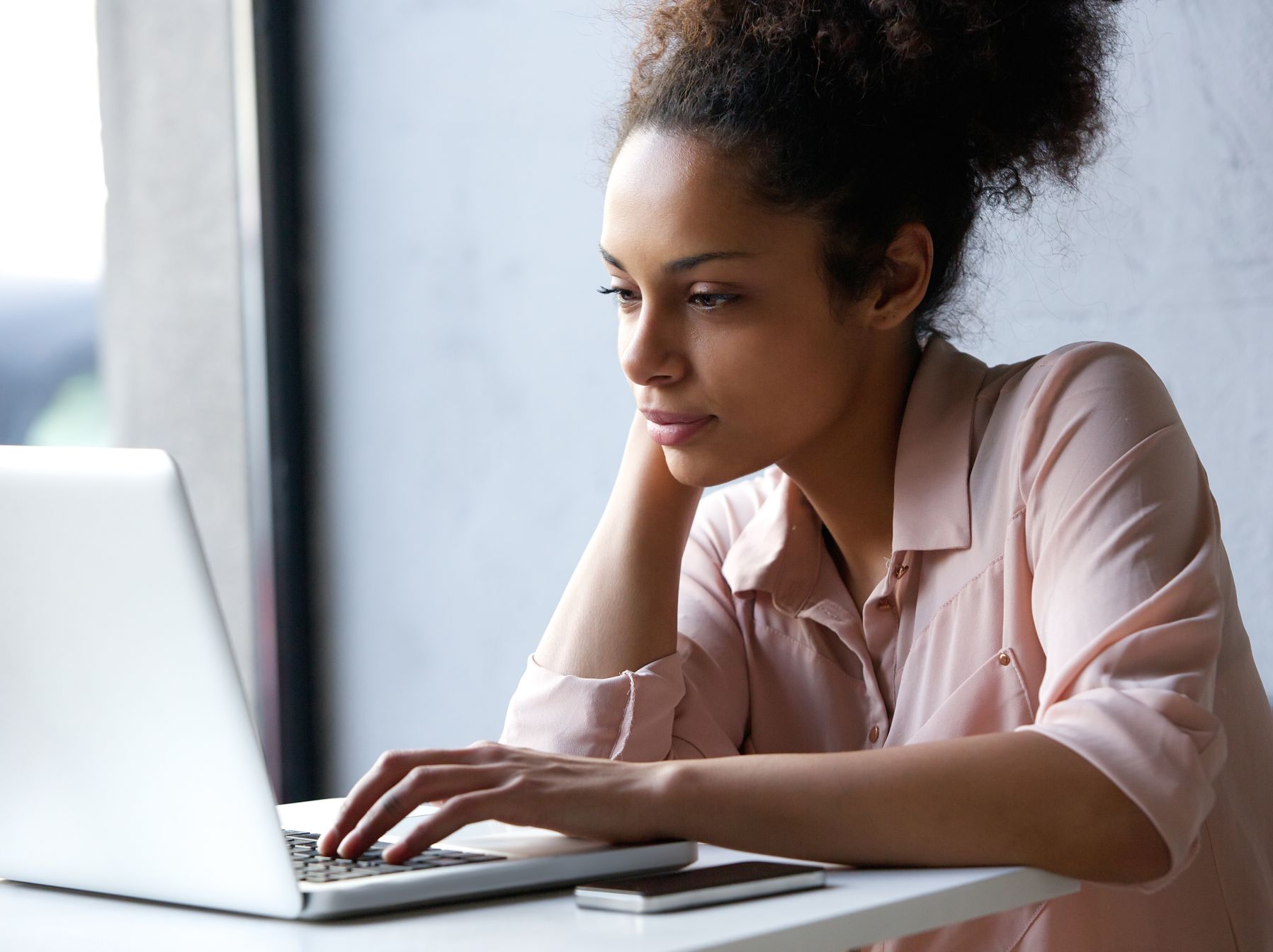

Question 4.
y333nBXefBJT4FPNvITk6iCcQBvGBCfq6YquyB8AlDVFh/4QZ7h/Zonf7EmdGj9RlsN1ILalb/DrKjVQKV64RWKJkwP7POpejAQK+E4k6XA2ehC1oxibE4XlfUFC9nd4n/VUdAqN58xLa4dGHtbJQN01nnwKoXUpNKzQkcPq/YY3WWG816P73sF/jE/YJcjOPs4w4LW178hXX4fjRzbjMPq7NsS1Hhjpiii5yerVN+UXGNRE7tSogVAaZeJA4dOux2VAv03hzo7XeKf/lArN4i3cz3JtWWgNzjAFOOPwTJ2jAdfbYEX+AS7tlWAkHM3cY5PKTcY6Jd0IXX3j3KBs+HNVeW0VKi9/93brFvLhkKGvtS6hmvgREkVs58LrBbiLncWivYPURGrIQe33- In the experiment, the stressful experience was reading out loud. In the airplane, the stressful experience is flying.


Question 5.
c8TTa9Z0FcM7GPMevmiQ+jaymW8Ftv0KocZURaC3ZaH2g5jN1/eSLLSuC6QxEY7Bf1IEQh57CTd9ol63aRyqj2JhZPWDJkqymWzEGCIdWdq0el4rfaRASU/ooWttrXz9nkhuTFd3rmPJS/NyiUxplWGfFh/TlwkO7NL6hjwiipCPUOBADdYn5ndfgzRzrLXCqDgfl+GGw+TZQ9/nEFku1zVf55CBTOB5g4+hVT+9G/J7BFj1y0CSehDlGFYDWJMae1LxcqL7P34V+6+CBiHAAfLa4XoTQcXjVaMzNEGoR+7evHDoEbWLNRbnQcpSsRDc/DGh4/PDrOFA9gTP8L99dn8wU0V74FU333JOHuHp81Bvop8V- The videos in the experiment were described as slow-paced and silent. British Airways’ videos include cats and dogs playing, and are unlikely to be slow-paced. The videos also have sound.

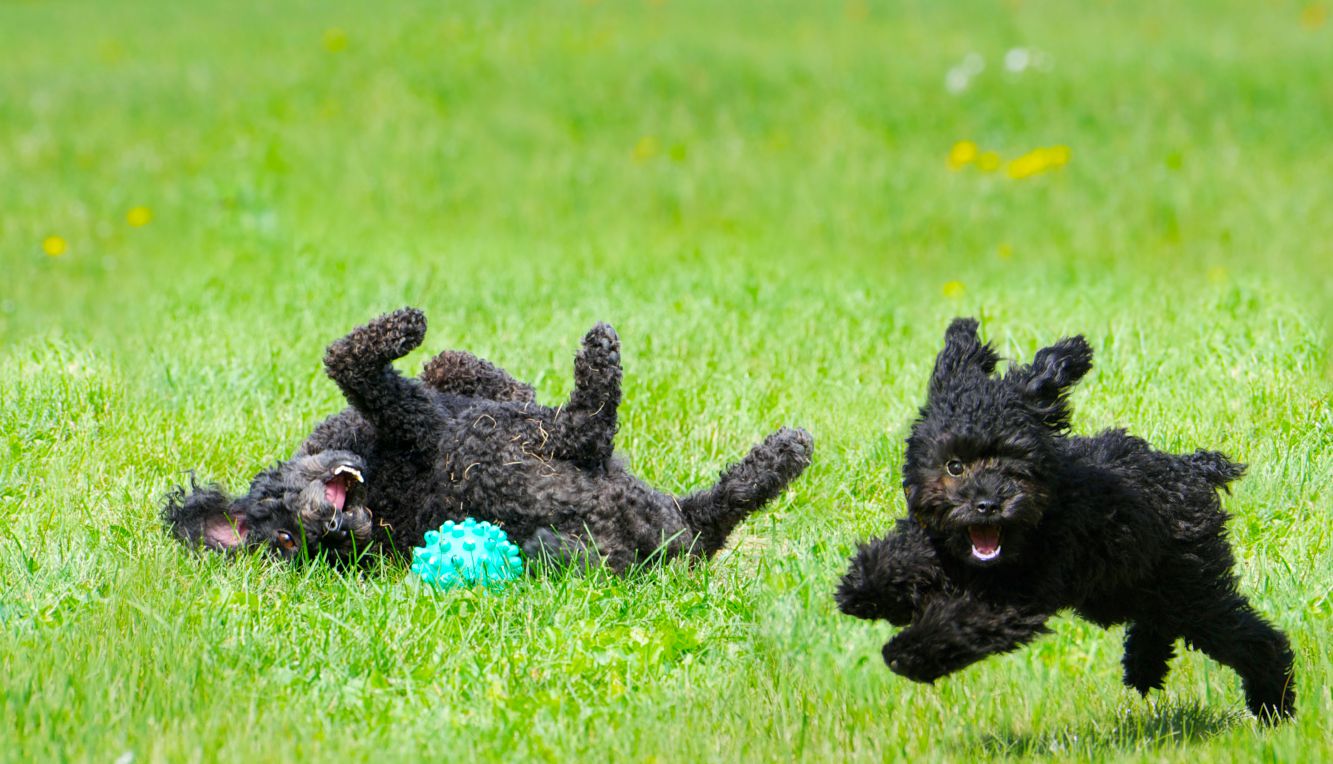
Question 6.
M7C3McuSyJXFriDQOnivelw5OfaY5xRhhYgYKpGC4vd7yfhei8kcOBF94Kg/w3YkVxiSvAQAGZJ0nJAmdqMyoKRoVJRwE4eZYM4AFVLrrCF6oFtPSDHTAOZlHY9Jk8ioTybrqawkshXdV9IUxij/TjMjYT/78EMqXE8ctyrOp5Iur4eYJlDubabYizyDJgVOIlIH1KoAavPYIjcuDRrZK2SJiv0GNhN77t+62YtEcN+qD5nnwPFqucafUygM23wHghvZAKqJZtCigum0prLGKCm9Z/YJZvCS3jZmDx7NRrUTuf2hkPJ+q95d4w7UbxC2sVk/+eiG02ZyswnBcoSy84WBliWbzGrmQV0RzfAA6j4USHIzDymLcgaPASg2N7HKN/o+GuB7NBL1tiVkidjrpsrWwekKoTpadklF4kM3MhoVUdOaEsj9euUFr+VC2kzBIpRj5j82K14QPAJnScientists ask questions about factors like these after every experiment. It doesn’t mean this isn’t a valuable experiment with something to tell us. It probably is helpful scientific evidence for the British Airways team that created the Paws and Relax channel. But it’s rare that a single study is the “last word” on any research question. A well-done study often leads to more questions. That is why good science involves the replication of experiments—both in the lab, and when possible, out in the world. This is how good science works!
13.5.3 The Airplane as Laboratory
If British Airways wanted to test their claim that their new channel reduces stress, they could conduct an experiment on their flights. They could offer passengers travel vouchers or free airport meals to participate, and then randomly assign them to watch either the Paws and Relax channel or a control channel, something without animals.
The airline would need to choose a dependent variable to measure during or after the flight. For example, they might choose to monitor the heart rates of all participants throughout their flight.
If the differences that we discussed earlier—timing of the videos, type of stress, and pacing and sound—aren’t important differences, then the animal videos would reduce stress on the plane as well as in the lab.
But as a good scientist will tell you, there would then be a new question to ask, and another experiment to conduct!
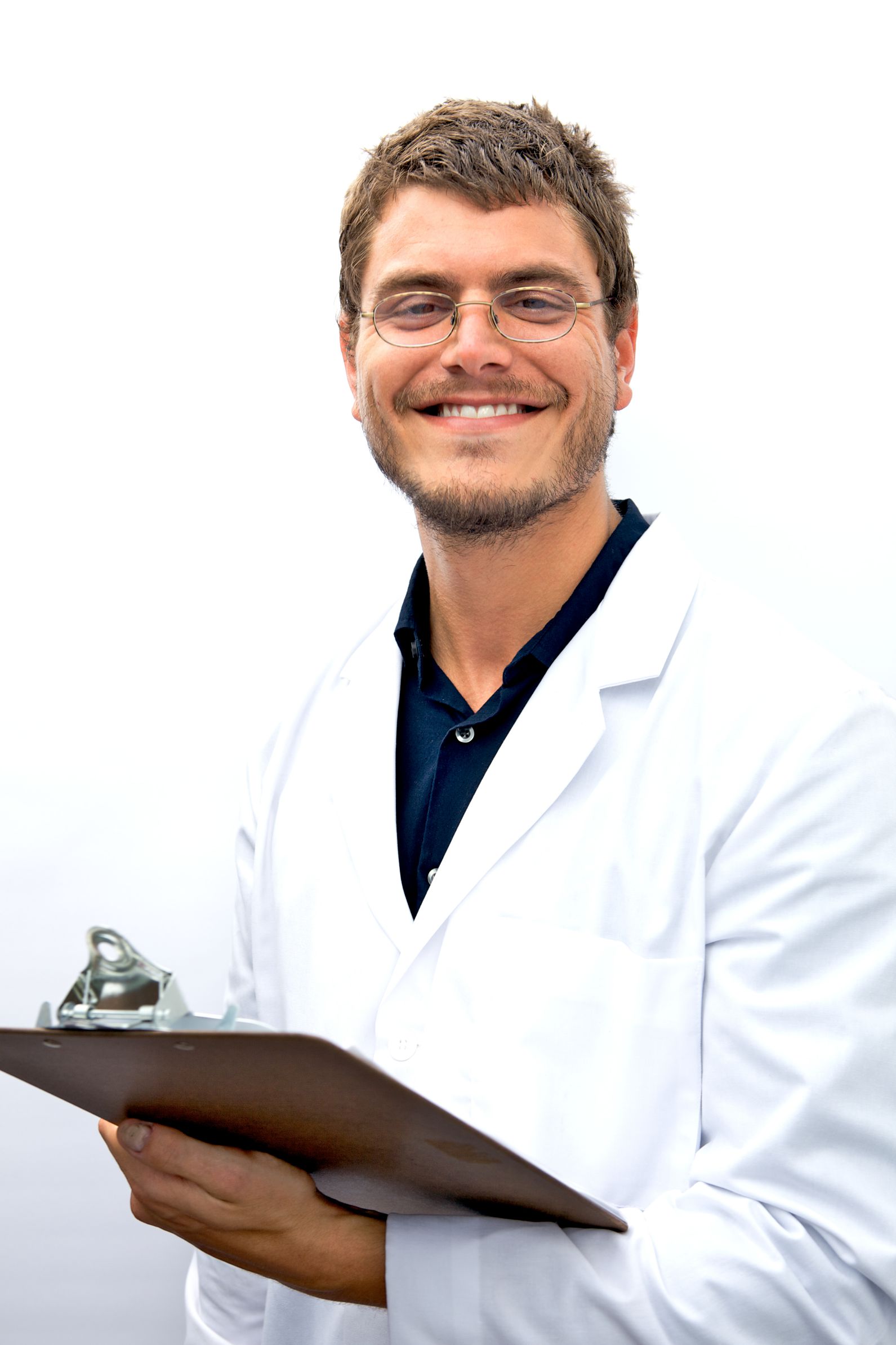
13.6 Consider the Source of the Research or Claim
4.
Consider the Source of the Research or Claim
13.6.1 A Company Versus a Journal Article
Thinking like a scientist also involves thinking about the source of information. In this activity, we looked at information from two sources—British Airways and a journal article. British Airways is a company that claims to be using science to develop their new in-flight animal channel. Like most companies, they don’t discuss the research they use in detail, and there’s no expectation that they should. It would be kind of weird if you had to watch a five-minute video explaining the science before you got to see the kitten and puppy videos that you’re excited about.
That shouldn’t stop you, as a good consumer of information, from thinking like a scientist. When a company makes a claim, you can ask the right questions about whether that claim is backed by evidence, just as we did in this activity.

13.6.2 Science in the News
As we mentioned early in this activity, the British Airways in-flight entertainment manager cited research demonstrating that “watching images of cute animals can actually lower your heart rate and reduce stress levels” (British Airways Media Centre, 2014). It turns out there is some research to back this claim. In a footnote to their news release, British Airways mentions a book by a prominent U.K. psychologist. And in this activity we explored research on this topic that is published in a peer-reviewed journal. Both sources provide details about the research that we can evaluate.
Unfortunately, there isn’t yet a “science badge” that can tell us when news is scientifically backed. When a company makes such a claim, it’s often not true. So when you read news that gives support for a claim by saying a version of “because science says so,” it’s time to think like a scientist and ask what that means. We need to know that there’s solid research, conducted by scientists without a conflict of interest and published in a well-respected, peer-reviewed journal.
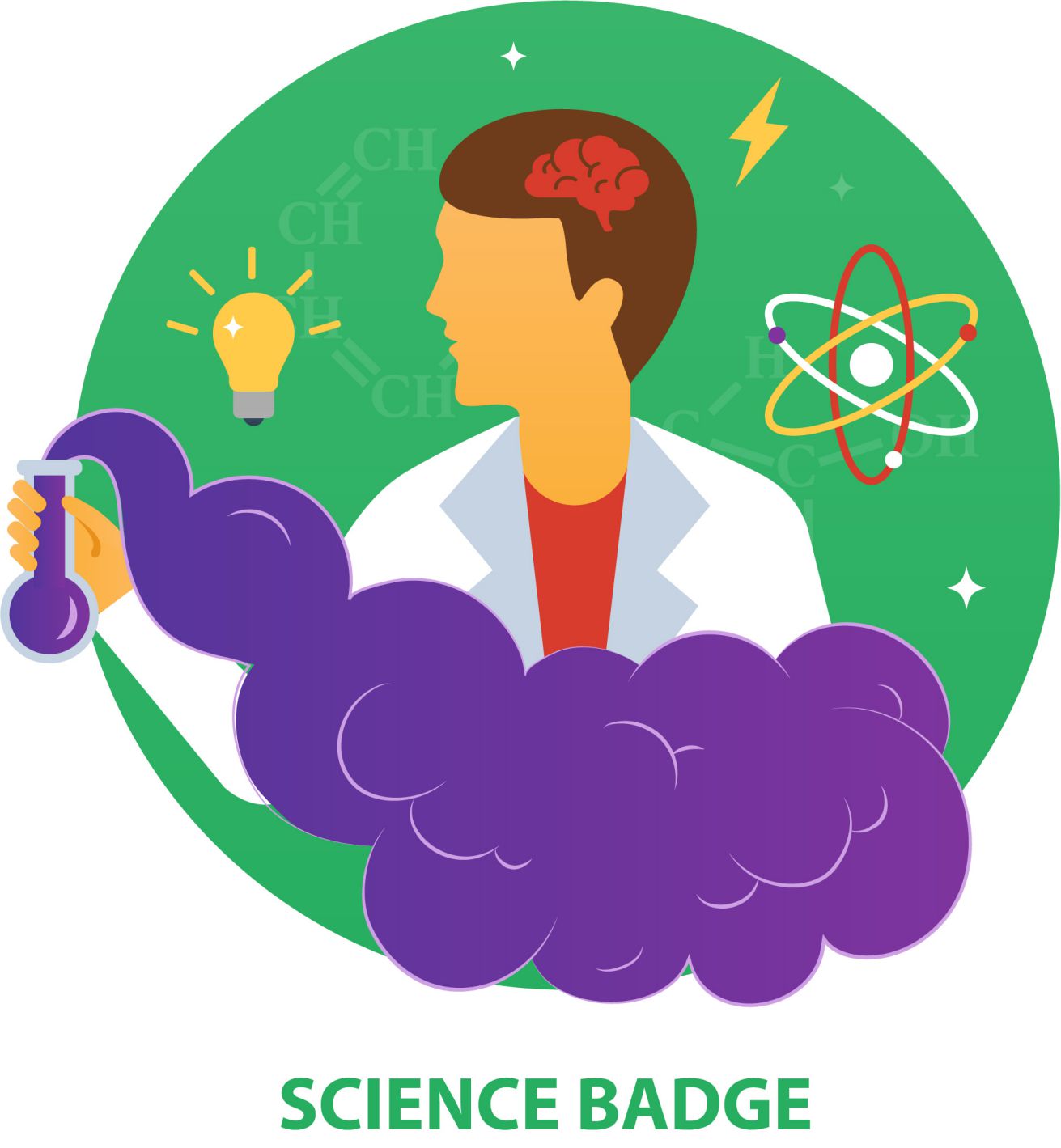
13.7 Assessment
5.
Assessment